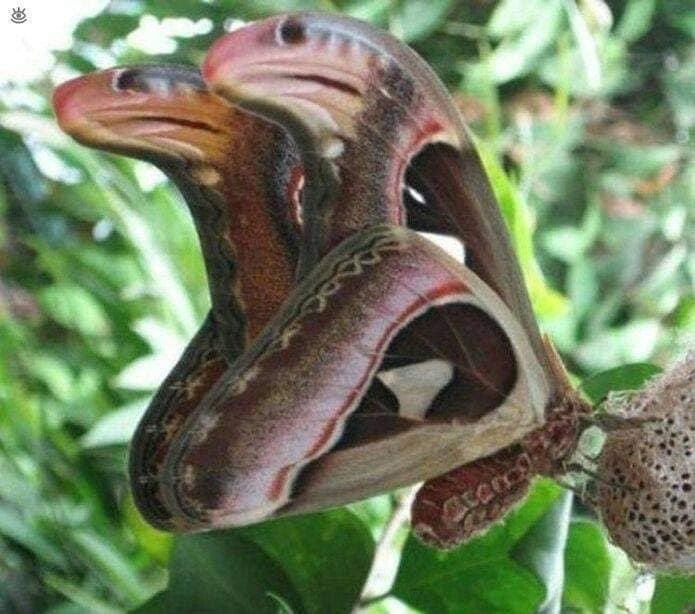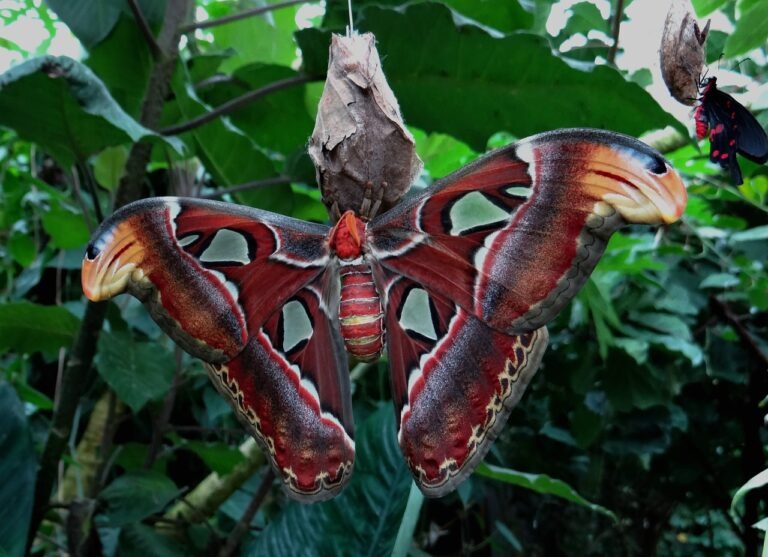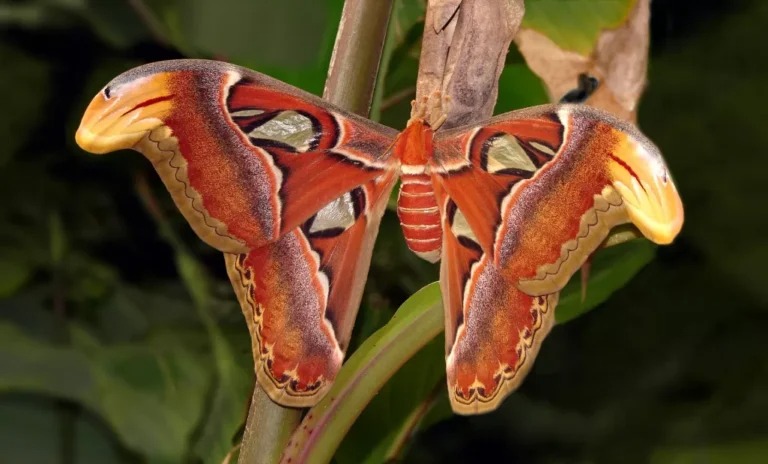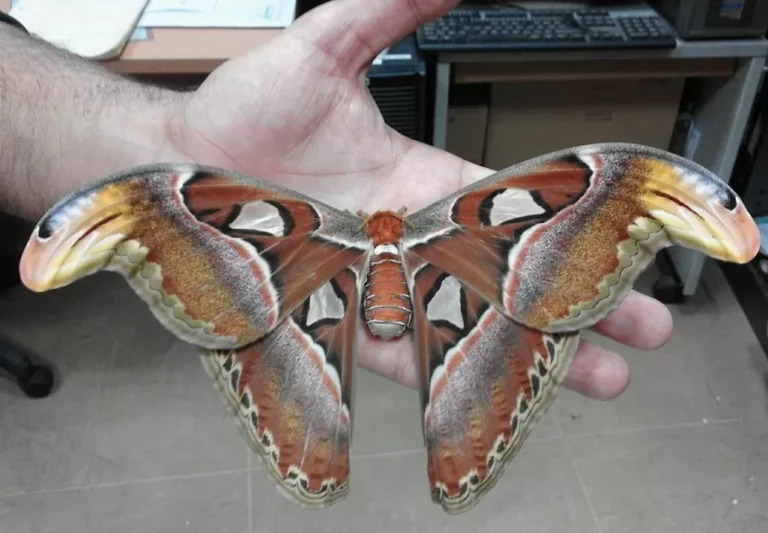Thus, my curiosity was piqued when I came across images depicting three seemingly “angry snakes” concealed within a tree. It turns out, I wasn’t the only one deceived by these striking pictures. The sight of three serpents gathered in a tree has the potential to evoke shivers, as encountering even one snake in such a setting can be unnerving. Fortunately, the captivating images don’t feature actual snakes; they showcase something entirely different.

Biodiversity, the extensive variety of species in nature, numbering in the millions, underscores the intricate web of life. Each species plays a unique role within its habitat, contributing to the delicate balance of ecosystems.
The natural world also showcases remarkable adaptations and survival strategies that animals and plants have developed over time. Examples include insects adopting camouflage colors to seamlessly blend into their surroundings and avoid predators, while some have evolved the production of toxic compounds for self-defense.
This intricate dance of adaptation and survival took center stage when images of three angry-looking “snakes” began circulating on the internet. In 2021, a photo shared by Rob Allam on Twitter captivated users, seemingly revealing three irate “serpents” concealed in a tree. However, it soon became apparent that there was more to this captivating story than initially met the eye.

The trio of “snakes” causing a stir is, in fact, a clever optical illusion created by the wings of two distinct species of the Atlas moth. These magnificent insects, native to Asian forests, possess the uncanny ability to mimic the appearance of a snake.
The Atlas moth, belonging to the Lepidoptera order, stands out as one of the largest species, boasting an impressive wingspan of up to 24 cm (9.4 in) and a wing surface area exceeding 160 cm2 (25 in2). Notably, the moth’s body is noticeably smaller in proportion to its expansive wings.
First documented by Carl Linnaeus in 1758, this colossal insect earned its name from the Greek mythological Titan Atlas, owing to its substantial size—the Atlas moth truly stands as one of the largest insects on Earth.

The trending image shared by Rob on Twitter sparked widespread interest, and he provided a fascinating insight into the creature behind the optical illusion:
“Attacus Atlas, one of the largest butterflies globally, has a brief adult lifespan of just two weeks. During this time, its main mission is to lay eggs and protect them, all while cleverly masquerading as a snake,” he explained.
The astonishing disguise left many social media users initially incredulous. One user marveled, “That disguise is really good,” while another expressed surprise, questioning, “How’s that top one not an actual snake? This moth would live longer if it didn’t look like I wanted to beat it with a broom.”
Contrary to common assumptions, Atlas moths are not adept or steady fliers. Preferring to rest during the day and conserve energy, these moths are active flyers at night. The juxtaposition of their formidable appearance and delicate flight adds another layer to the intrigue surrounding these remarkable creatures.

The National History Museum reveals that the Atlas moth employs a unique defense strategy when confronted with danger. Sensing a threat, the moth descends to the ground, engages in writhing movements, and deliberately flaps its wings to mimic the appearance of a snake’s head.
To witness the awe-inspiring presence of the Atlas moth, one would typically need to venture into the tropical forests of Asia. However, there have been documented sightings of Atlas moths in regions beyond their native habitat, including Europe and the US.
A particularly captivating incident involving an enormous Atlas moth made headlines in 2012, as reported by the BBC. The moth was discovered on a windowsill in Ramsbottom, Greater Manchester, and its size was so staggering that the family initially mistook it for a bat. Believed to have escaped from a private collection, the unusual species unfortunately passed away shortly after its discovery.

In a truly historic event, a notable Atlas moth specimen was photographed in Bellevue, Washington, in July 2022. This marked a significant occurrence as it represented the first known sighting of this species in the United States. Another discovery of an Atlas moth was reported in Sweden in the same year.
Sven Spichiger, the managing entomologist for the state Agriculture Department, remarked, “This is a ‘gee-whiz’ type of insect because it is so large.” He went on to emphasize the striking nature of these moths, stating, “Even if you aren’t on the lookout for insects, this is the type that people get their phones out and take a picture of — they are that striking.” The captivating presence of the Atlas moth continues to capture the attention and fascination of people around the world.

Encountering the magnificent Atlas moth is undoubtedly an awe-inspiring experience that would likely leave anyone overcome with surprise. If I were to stumble upon such a rare spectacle, my immediate reaction would be to reach for my camera, eager to capture the moment and make it a lasting memory. However, maintaining a safe distance would be crucial, especially if the moth began to mimic the appearance of a snake’s head.
Sharing this remarkable discovery on Facebook is a fantastic idea, as it allows more people to learn about the extraordinary qualities of the Atlas moth and the unusual occurrence of its presence outside its natural habitat. Celebrating the beauty and uniqueness of such instances can contribute to a broader appreciation for the wonders of the natural world.